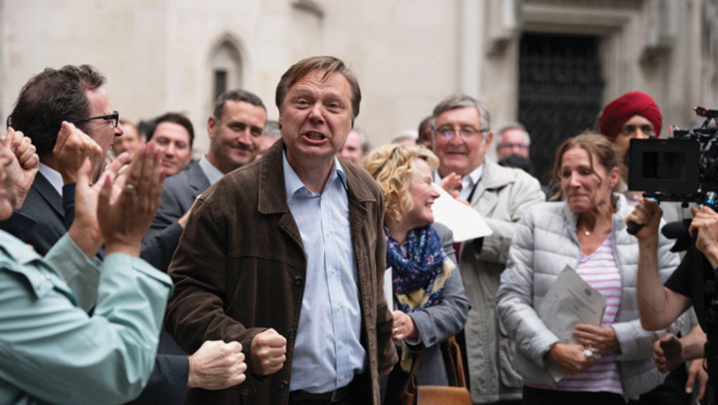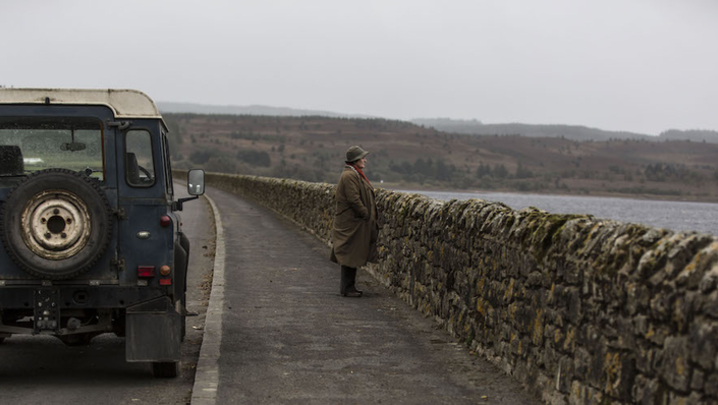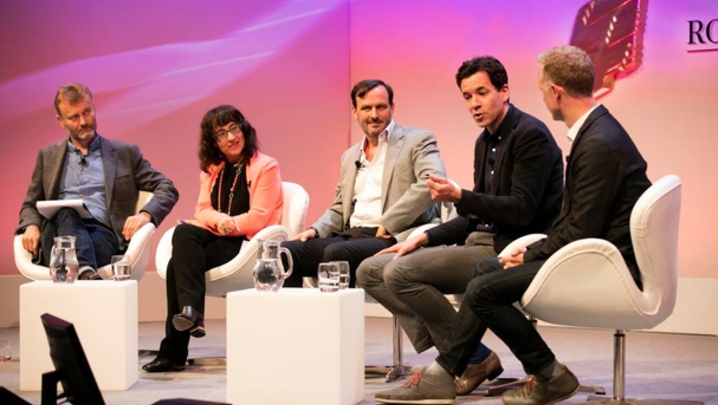42 years after The World at War first aired, it remains TV's greatest documentary
Knitted together by Laurence Olivier’s narration and a Carl Davis score, the programme movingly tells the story of the Second World War using eyewitness accounts and interviews with important figures, including Albert Speer and Lord Mountbatten.
Memories of making the Thames Television documentary, together with clips from the 26-part series first broadcast on ITV in 1973, featured strongly at the Jane Mercer Memorial Lecture, "Moving Images", which was given by Raye Farr.
She worked as a researcher on The World at Warand went on to become Director of the Steven Spielberg Film and Video Archive at the US Holocaust Memorial Museum.
The annual lecture, which was held in mid-May in London, is organised jointly by archive body Focal International and RTS London.
The US-born Farr was living in the UK in the late 1960s when she made her TV bow on All Our Yesterdays, a long-running Granada series that showed clips from war-time cinema newsreels 25 years ago that week.
The show’s presenter, Irish journalist Brian Inglis, and his Granada colleague Bill Grundy recommended Farr to Jeremy Isaacs, the Producer of The World at War.
Farr told the large audience that she served her apprenticeship in archival film on the series: "As a researcher, I had the freedom to explore and discover – this was my film school."
Enduring friendships were forged making the series. "Comradeship is what we felt and feel. The number of people here from The World at War is a clear tribute to how close we were," she said.
One such luminary in the audience was Isaacs, who was asked whether he thought that such a huge undertaking as The World at War could be made now.
"It would be hugely difficult to envisage a series at that length today," he replied. "But it’s not beyond the ingenuity of a great broadcaster to do a follow-up.
"It’s important that film-makers should make the films about wars or famines or clashes in society that they want to make.
"It doesn’t matter if it’s only one film, or three or six; the important thing is that they should be good films. They should tell necessary truths honestly and compellingly."
Isaacs added that Farr’s friend, the US-born film-maker and RTS Fellow Norma Percy "has half a dozen series to her credit that are absolutely brilliant – they’re just as good and just as important as the blockbusters." Percy’s award-winning series include The Death of Yugoslavia.
Remaining in the UK, Farr worked on two Thames series, Destination America, telling the story of mass emigration to the US, and Hollywood. She recalled "the sheer delight of working with David Gill and Kevin Brownlow [on Hollywood]," adding that the 13-part series on the silent-film era remains "the only non-
war, non-totalitarian, non-tragic series of my career."
Working on Hollywood took Farr back to the US, where she has remained. She linked up again with producer Martin Smith, whom she had first worked with on The World at War, for Vietnam: A Television History (1983) and The Struggles for Poland, (1987), for which she produced an episode on Jewish life.
Smith was instrumental in setting up the US Holocaust Memorial Museum in Washington DC, from which Farr retired in October 2013.
"The World at War and the British documentary film tradition are a critical part of the success of this museum," said Farr. "Martin, with [exhibition designer] Ralph Appelbaum, really conceived the exhibition."
Smith was in the audience and made a forceful point about film-makers’ responsibilities. "It is a disgrace that we make so many films with so much archive material yet there is no way for people to find out where that material comes from.
"Anybody who makes a documentary film today and doesn’t put their shot list up, and list every archive so people can cross-check it, is failing in their duty – this is the only way we can be accurate," he said.
Farr read out an apposite quote from the writer Susan Sontag: "We live under constant threat of two equally fearful but seemingly opposed destinies: unremitting banality and inconceivable terror. It is fantasy, served out in large rations by the popular arts, that allows most people to cope with these twin spectres."
The words, said Farr, "spoke to me about the endless success of war films and documentaries, and about how some of us are able to work with horrific historical images over many years, even dedicating large portions of our professional lives to discovering, studying, identifying and preserving them.
"Many of us here share a passion and commitment to understanding their context and particularity, and insisting that they should be used to tell only the history that they reveal."
It is a privilege, she added, "to discover pieces of new reality through the lenses of those who did the reporting. Don’t we have a responsibility to examine and use them with exceptional care and intelligence?
"We owe it to the [Holocaust] survivors to be truthful and careful, to tell that story with enormous respect. In my career, the two groups of people that have meant the most to me are Holocaust survivors and my dear colleagues."






